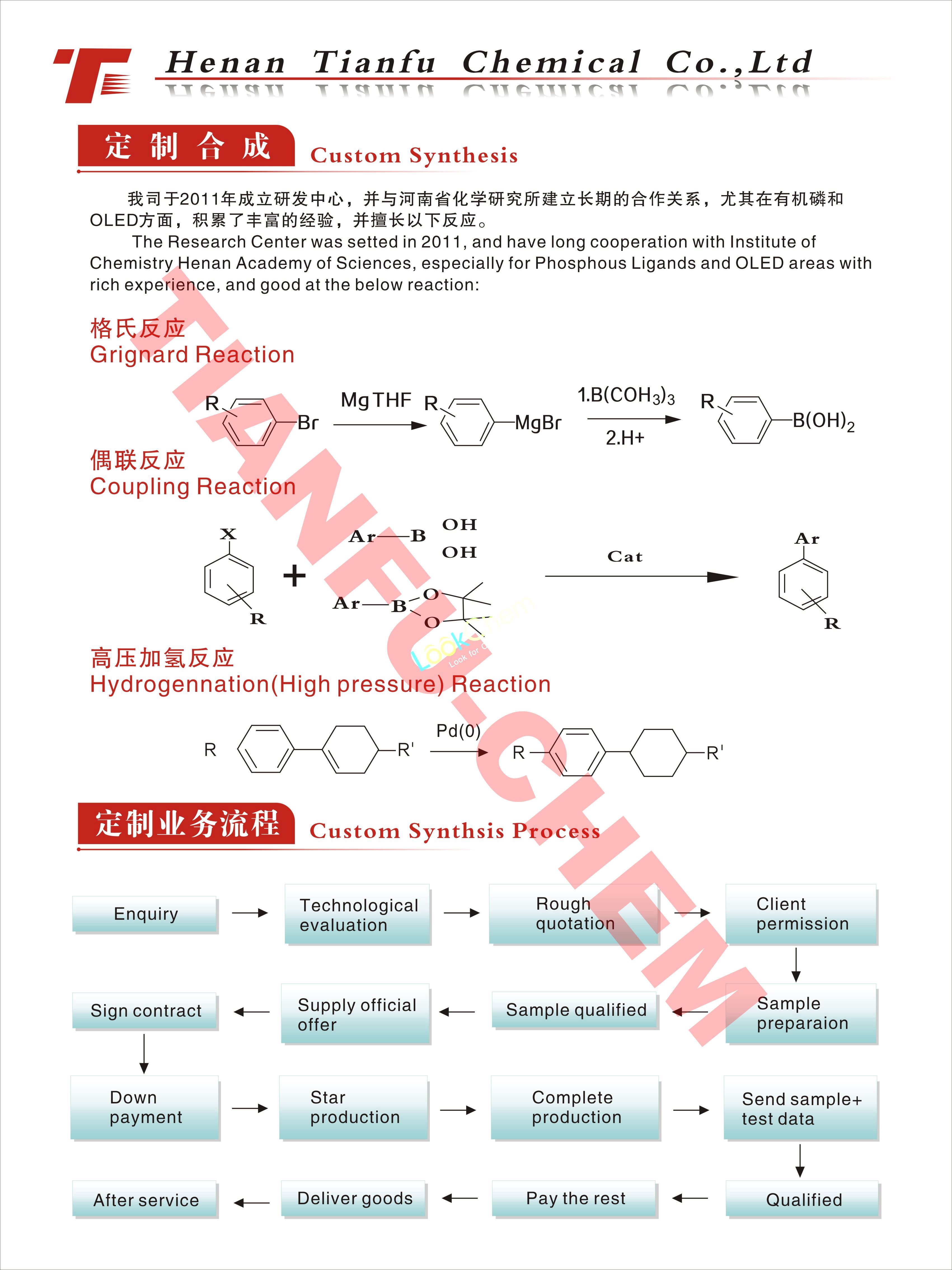- Min.Order :1 Metric Ton
- Purity: 99%
- Payment Terms : L/C,D/A,D/P,T/T,
Keywords
MIREX 2385-85-5 C10Cl12
Quick Details
- Appearance:white powder
- Application:Organic Chemicals
- PackAge:based on the bulk quantity
- ProductionCapacity:|Metric Ton|Day
- Storage:RT
- Transportation:based on the order quantity
Superiority:

Details:
our company was built in 2009 with an iso certificate.in the past 5 years, we have grown up as a famous fine chemicals supplier in china
and we had established stable business relationships with samsung,lg,merck,thermo fisher scientific and so on.
our advantage:
1.higest quality and good package
2.fast delivery
3.better payment term
4.fast response to customer within 6 hours
5.good business credit in europe ,us ,japan ,korea

You Might Also Like
-
Newblue 29911-28-2 DI(PROPYLENE GLYCOL) BUTYL ETHER
CAS NO:29911-28-2
-
Newblue 32435-46-4 BIS(2-METHACRYLOXYETHYL) PHOSPHATE
CAS NO:32435-46-4
-
Newblue CHEM- Offer High Quality 99% Pure O,O'-Bis(2-aminopropyl)polypropyleneglycol 9046-10-0 Global
CAS NO:9046-10-0
-
NewblueCHEM-Sale High Quality Epitalon 307297-39-8 Wholesale Price
CAS NO:307297-39-8
-
High Grade4-Fluoro-1,3-dioxolan-2-one 114435-02-8 Fast Delivery
CAS NO:114435-02-8
-
Newblue CHEM - Supply 10497-05-9 TRIS(TRIMETHYLSILYL) PHOSPHATE In Stock
CAS NO:10497-05-9
Related Searches
About|Contact|Cas|Product Name|Molecular|Country|Encyclopedia
Message|New Cas|MSDS|Service|Advertisement|CAS DataBase|Article Data|Manufacturers | Chemical Catalog
©2008 LookChem.com,License: ICP
NO.:Zhejiang16009103
complaints:service@lookchem.com Desktop View